
Artificial Intelligence (AI)-Driven Cancer Diagnosis Tools: The Future of Cancer Care
Cancer is a devastating disease that affects millions of people worldwide. The current standard of care for cancer diagnosis and treatment is based on a combination of clinical examination, imaging, and laboratory tests. However, these methods are often limited in their ability to accurately identify and stage cancer, leading to delays in diagnosis and treatment.
AI-driven cancer diagnosis tools offer the potential to revolutionize the way cancer is diagnosed and treated. These tools use advanced machine learning algorithms to analyze patient data, such as medical images, genomics, and clinical records, to identify patterns that can be used to diagnose cancer earlier and more accurately.
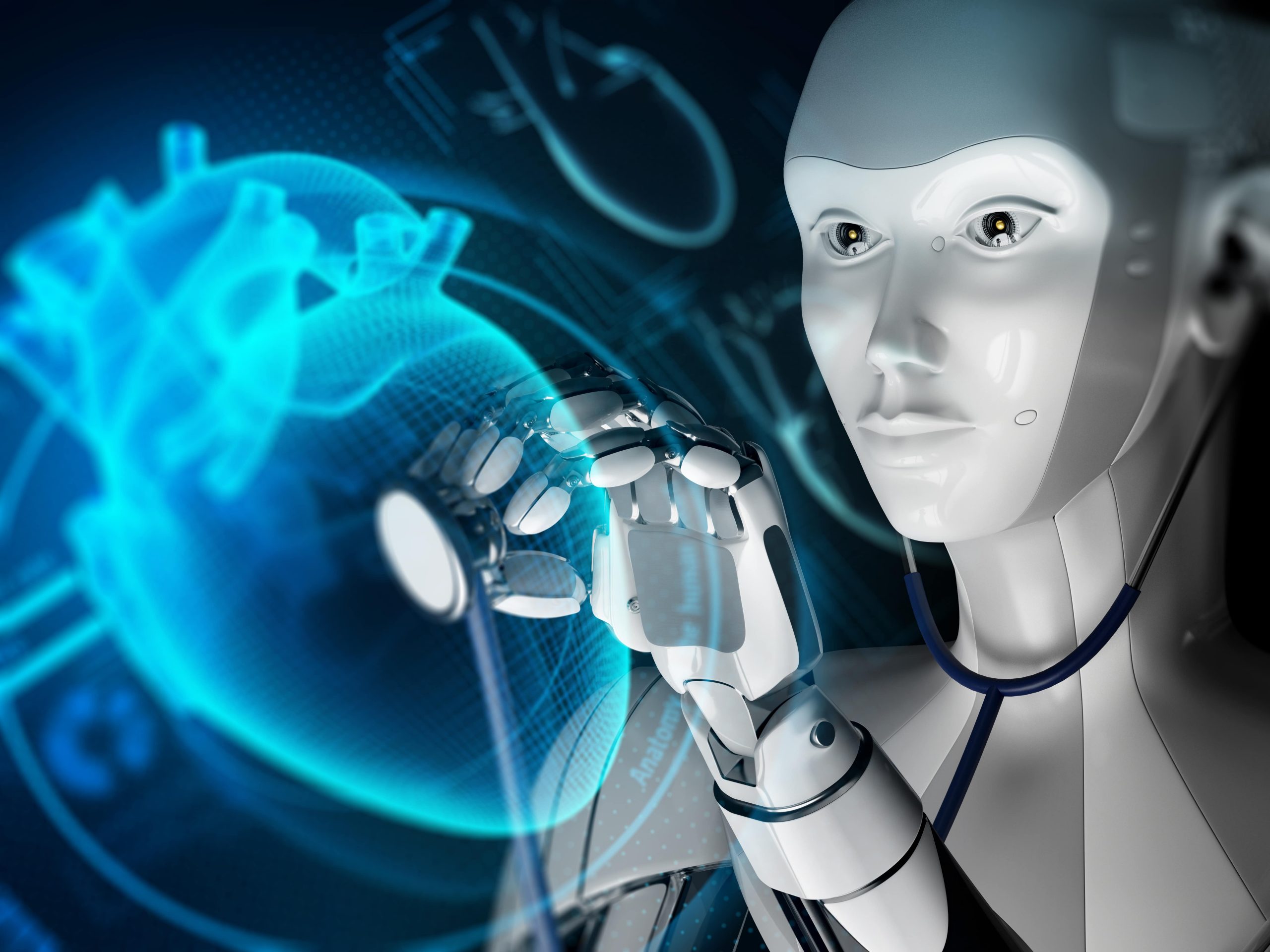
AI-driven cancer diagnosis tools are still in their early stages of development, but they have already shown promising results. In a recent study, researchers used an AI-powered algorithm to analyze the medical records of over 100,000 patients with breast cancer. The algorithm was able to identify patients with breast cancer with an accuracy of 99%, even in cases where the cancer was not detected by traditional diagnostic methods.
Other studies have shown that AI-driven cancer diagnosis tools can be used to identify patients with lung cancer, prostate cancer, and other types of cancer with similar accuracy. These tools are also being used to develop new treatments for cancer. By identifying the genetic mutations that drive cancer growth, AI-powered algorithms can help doctors design personalized treatment plans that are tailored to each patient's individual needs.
The use of AI-driven cancer diagnosis tools has the potential to revolutionize the way cancer is diagnosed and treated. These tools can help doctors diagnose cancer earlier and more accurately, which can lead to improved outcomes for patients. They can also be used to develop new treatments for cancer, and to personalize treatment plans for each patient.
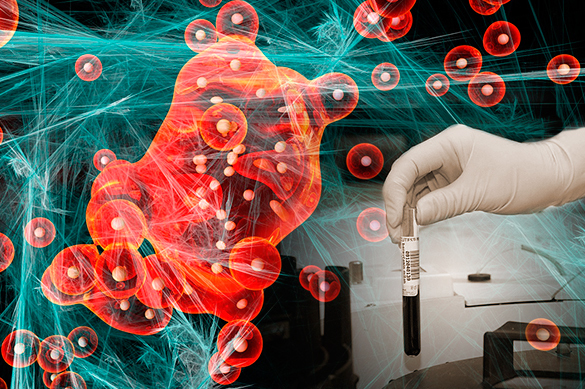
Benefits of AI-Driven Cancer Diagnosis Tools
There are a number of benefits to using AI-driven cancer diagnosis tools, including:
- Earlier diagnosis: AI-powered algorithms can analyze large amounts of data quickly and efficiently, which can help doctors identify cancer earlier. This is important because early diagnosis can lead to more effective treatment and a better prognosis.
- Improved accuracy: AI-driven cancer diagnosis tools can be more accurate than traditional diagnostic methods. This is because AI algorithms can learn to identify patterns that are not visible to the human eye.
- Personalized treatment: AI-powered algorithms can be used to develop personalized treatment plans for each patient. This is because AI algorithms can take into account a patient's individual genetic profile and other factors.
- Reduced costs: AI-driven cancer diagnosis tools can help to reduce costs by reducing the need for unnecessary tests and procedures.
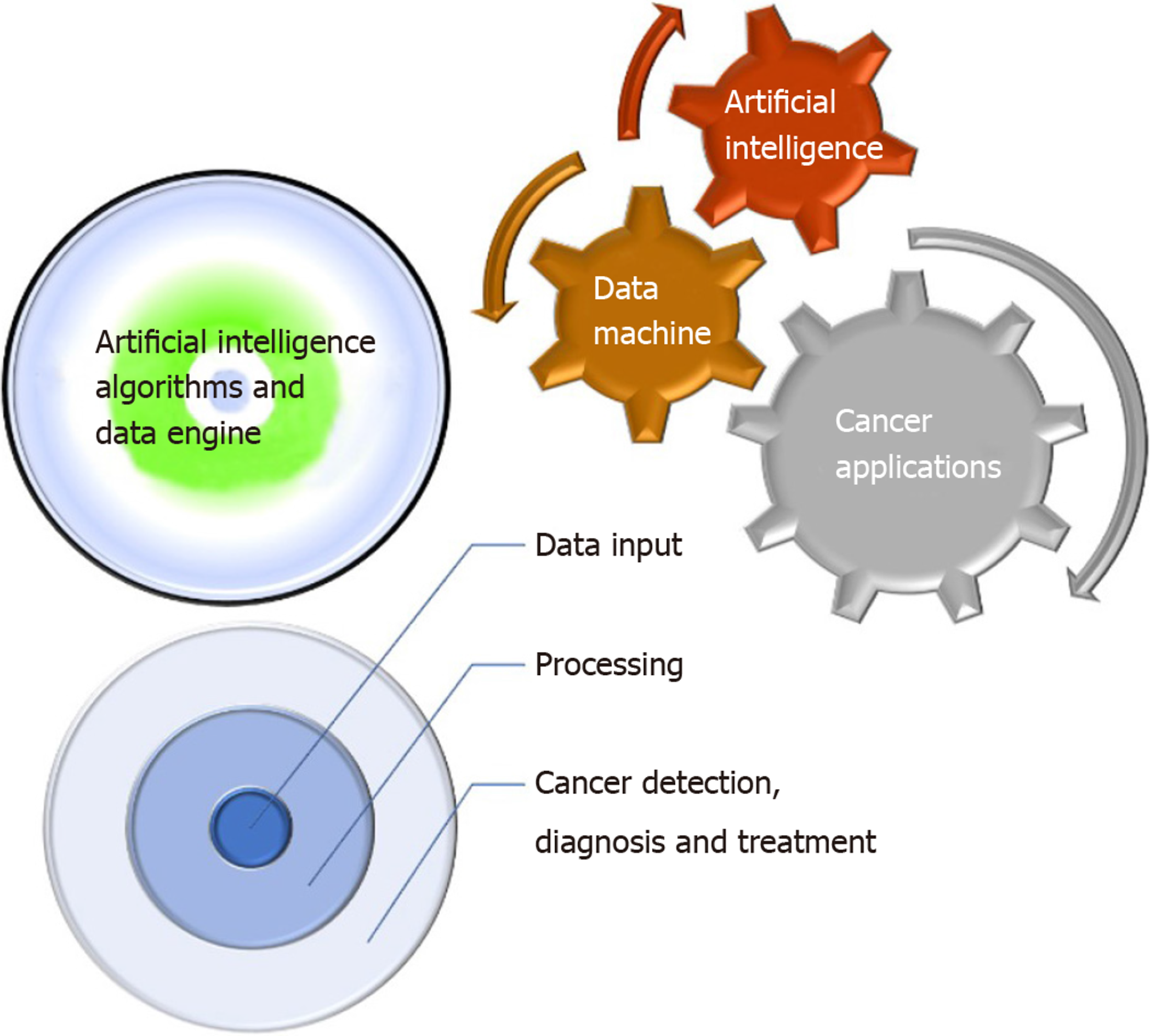
Challenges of AI-Driven Cancer Diagnosis Tools
There are also a number of challenges associated with the use of AI-driven cancer diagnosis tools, including:
- Data availability: AI algorithms require large amounts of data to learn to identify patterns. This can be a challenge, especially for rare types of cancer.
- Bias: AI algorithms can be biased if they are trained on data that is not representative of the population. This can lead to inaccurate diagnoses for certain groups of patients.
- Interpretation: AI algorithms can be difficult to interpret, which can make it challenging for doctors to use them to make decisions about patient care.
- Regulation: AI-driven cancer diagnosis tools are still in their early stages of development, and there are currently no regulations governing their use. This could lead to problems with patient safety.

Conclusion
AI-driven cancer diagnosis tools offer the potential to revolutionize the way cancer is diagnosed and treated. However, there are also a number of challenges associated with the use of these tools. It is important to carefully consider the benefits and risks of AI-driven cancer diagnosis tools before using them in clinical practice.
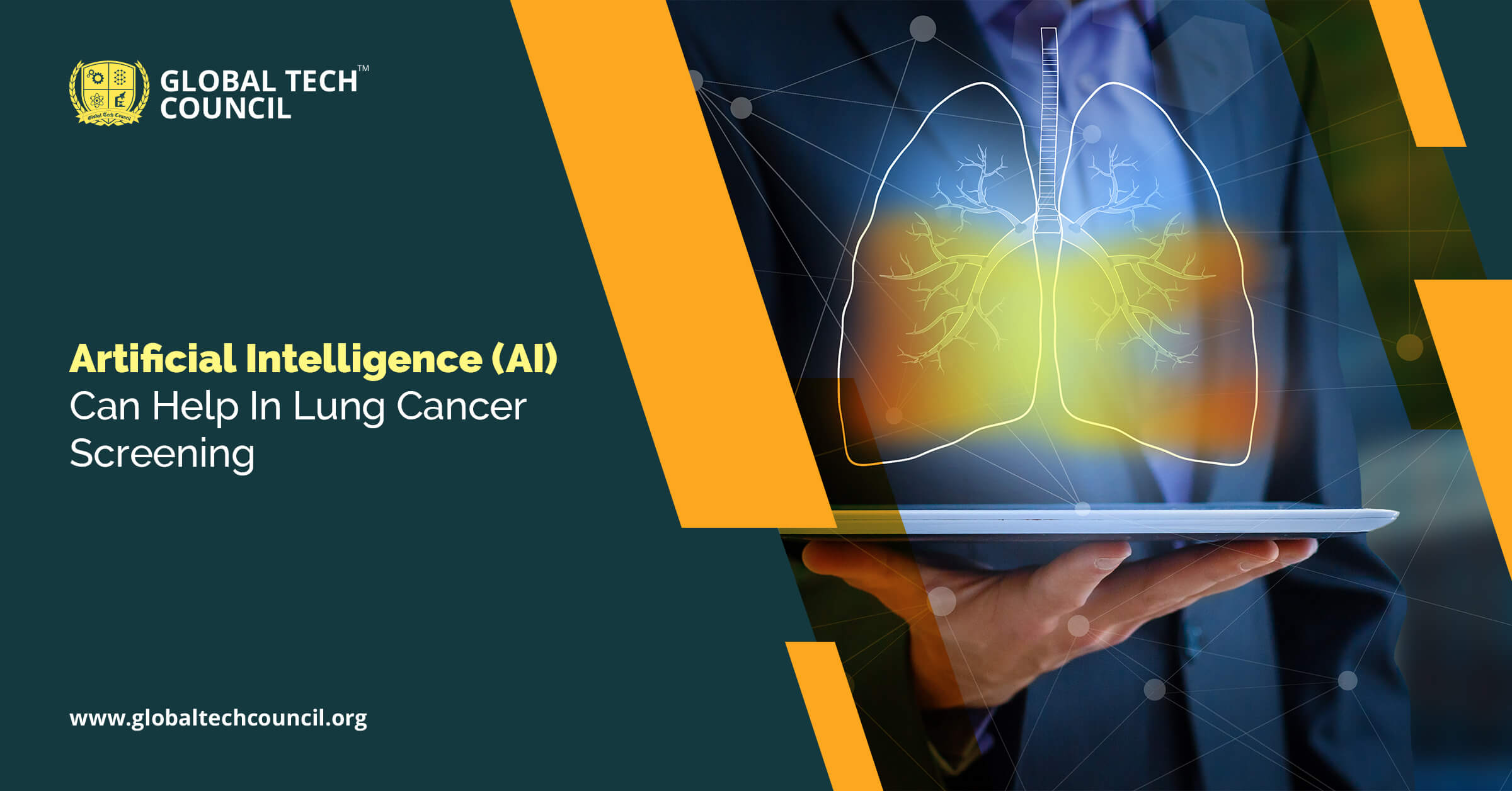
References
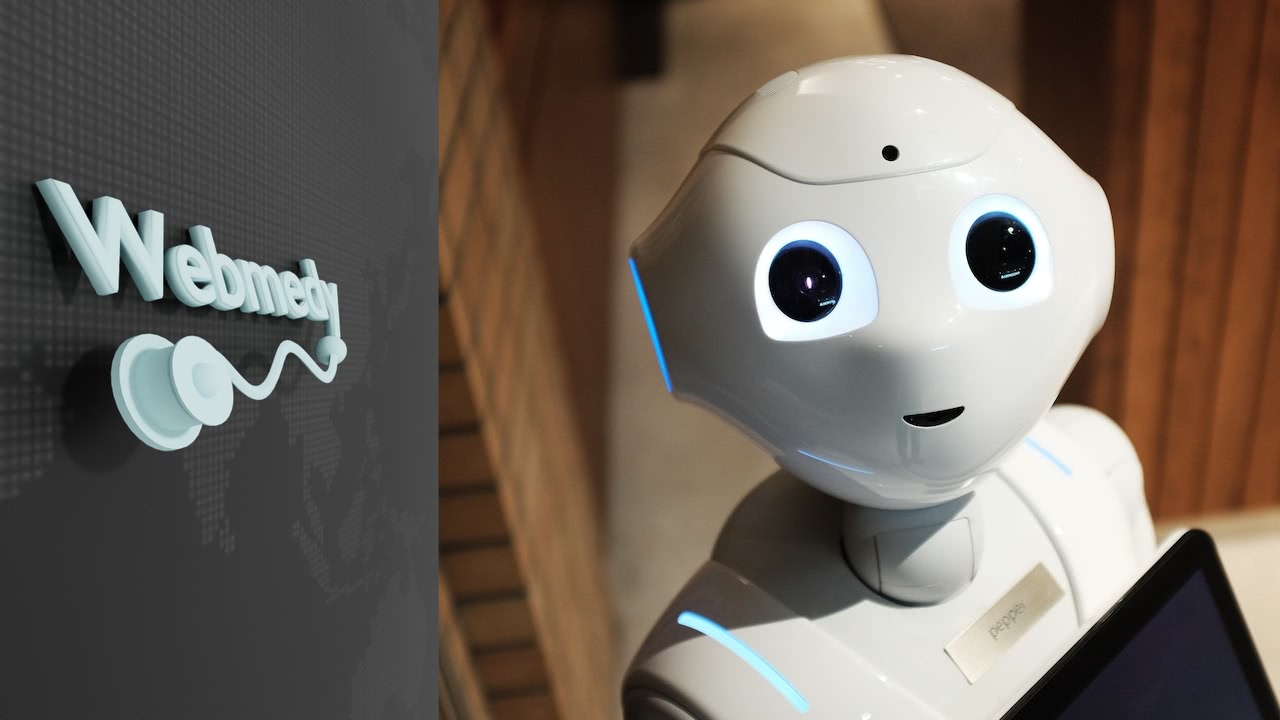
- Artificial Intelligence for Cancer Diagnosis and Treatment: Current State and Future Directions
- AI-Powered Algorithm Can Diagnose Breast Cancer With 99% Accuracy
- AI-Driven Cancer Diagnosis Tools: The Future of Cancer Care
Post a Comment